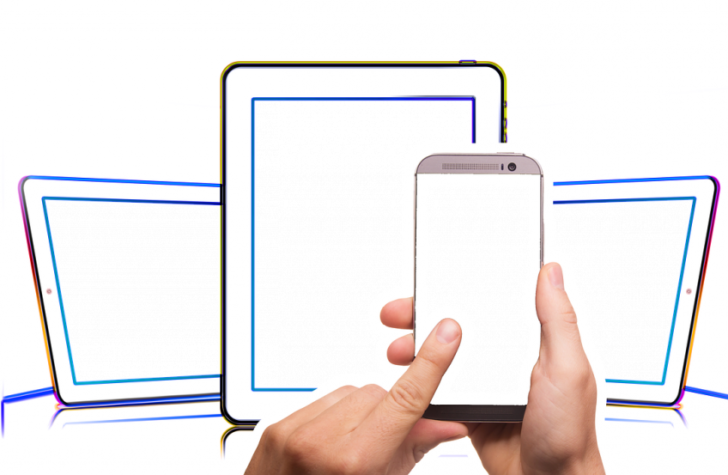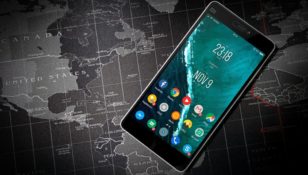ChatGPT App: Revolutionizing Conversations with AI

Introduction
In today’s rapidly evolving technological landscape, artificial intelligence (AI) has revolutionized various industries, and one such advancement is the emergence of chatGPT apps. These cutting-edge applications leverage the power of AI to create interactive and engaging conversations with users. This article will delve into the intricacies of chatGPT apps, providing valuable insights for those interested in this innovative technology.
What is a chatGPT app?

A chatGPT app is an application that utilizes OpenAI’s GPT-3 (Generative Pre-trained Transformer 3) model, which is a state-of-the-art language processing AI model capable of generating human-like responses based on user inputs. It enables users to interact with AI-powered virtual assistants, engage in meaningful conversations, and receive personalized responses, all within the confines of a chat interface. This groundbreaking technology aims to bridge the gap between humans and machines, significantly enhancing user experiences.
Evolution of chatGPT apps
The development of chatGPT apps can be traced back to the inception of natural language processing (NLP) and the advancements in machine learning algorithms. Initially, chatbots relied on rule-based systems, where predefined responses were triggered based on specific keywords or patterns. However, these chatbots lacked contextual understanding and often provided generic and unsatisfactory answers.
With the advent of deep learning and neural networks, chatbots evolved immensely. The introduction of recurrent neural networks (RNNs) facilitated sequential data processing, allowing chatbots to generate responses based on previous inputs. Despite these improvements, chatbots still struggled to exhibit human-like conversational skills.
It was with the introduction of GPT-3 by OpenAI that chatGPT apps truly revolutionized the field. GPT-3’s deep learning architecture, consisting of 175 billion parameters, enables chatGPT apps to comprehend and generate more coherent and contextually appropriate responses. Moreover, the model’s ability to process vast amounts of data ensures a wider knowledge base, resulting in more accurate and informed interactions.
What sets chatGPT apps apart?
ChatGPT apps incorporate several key features that set them apart from their predecessors:
1. Contextual understanding: Unlike earlier chatbots, chatGPT apps excel at comprehending the context of conversations. Leveraging the power of deep learning, these apps analyze users’ inputs holistically, taking into account the entire conversation leading up to that point. This contextual understanding enables chatGPT apps to generate more relevant and coherent responses.
2. Personalization: ChatGPT apps are designed to tailor responses according to users’ preferences and needs. By analyzing past interactions, user behavior, and profiles, these apps can provide a personalized experience. This level of personalization fosters a stronger human-machine bond, enhancing user satisfaction.
3. Multimodal capabilities: With the integration of rich media, such as images, videos, and audio, chatGPT apps can offer a more immersive and interactive experience. Users can conveniently share and receive multimedia content within the chat interface, enabling seamless communication.
Strategies for achieving a featured snippet
To increase the likelihood of appearing as a featured snippet in a Google search, it is crucial to structure the text effectively. Here are some strategies:
1. Utilize and H2 tags: Start the article with an tag, introducing the topic of chatGPT apps. Throughout the article, incorporate several H2 tags to structure the content and highlight key subtopics.
2. Concise bullet points: Present important information in a concise manner, utilizing bullet points. For example:
– ChatGPT apps leverage OpenAI’s GPT-3 model for interactive conversations.
– Evolution of chatGPT apps from rule-based systems to GPT-3-powered AI.
– Key features of chatGPT apps: contextual understanding, personalization, multimodal capabilities.
3. Address queries directly: Identify common user queries related to chatGPT apps and explicitly address them in the article. This increases the chances of appearing as a featured snippet when users search for those specific queries.
Conclusion
ChatGPT apps have transformed the way we interact with AI, bringing us closer to seamless human-machine conversations. Through advancements in natural language processing and the integration of powerful AI models like GPT-3, chatGPT apps continue to improve and offer exciting possibilities. Tech enthusiasts can confidently embrace this technology, appreciating its potential and contributing to its further advancements. As chatGPT apps continue to evolve, we can expect them to augment productivity, enhance customer experiences, and reshape the way we communicate with machines.

















